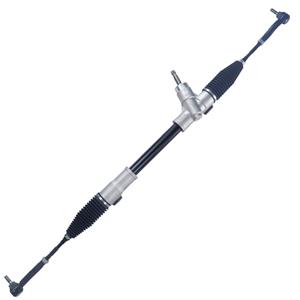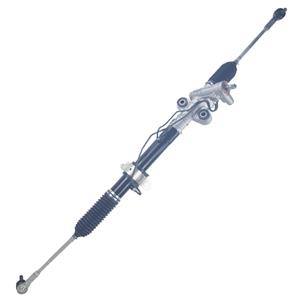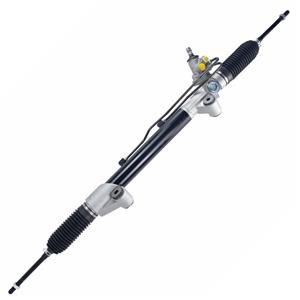Does a Power Steering Rack Require Steering Fluid?
The power steering system is an integral part of modern cars, which significantly improves driving comfort and handling. Among the core components of these systems, the power steering rack plays a vital role. However, for many car owners, there is still some ambiguity about how the power steering system works and related maintenance knowledge.
Among them, the issue of "whether the power steering rack requires steering fluid" is often something car owners are concerned about but don't know much about. This article will discuss this in depth to help readers better understand the working mechanism of the power steering system and its maintenance points.
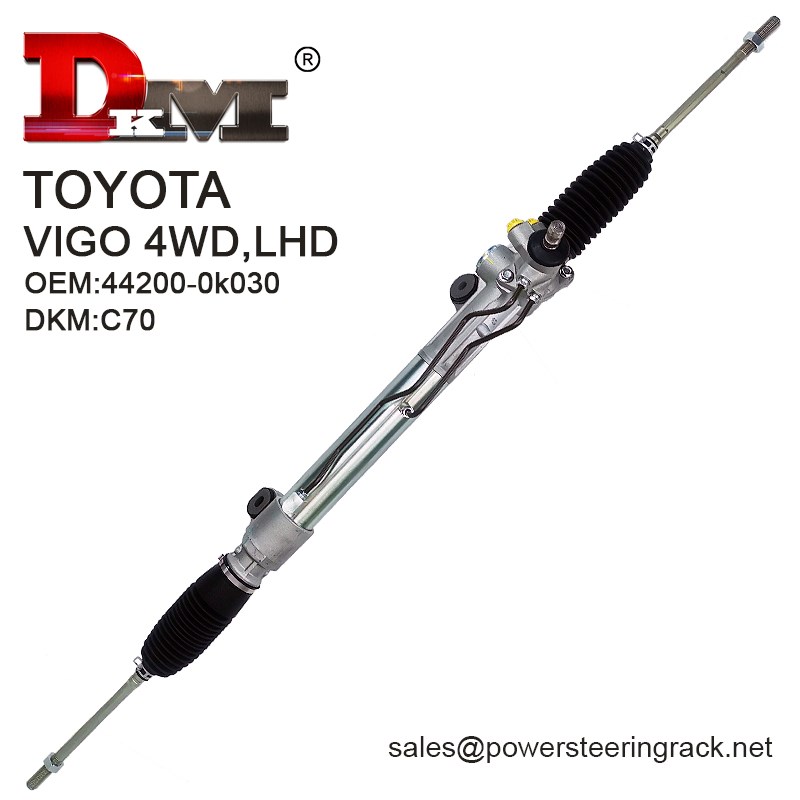
What Is a Power Steering System?
Basic concepts of power steering system:
Before answering the question "Does a power steering rack require steering fluid?" we first need to understand the basic concepts of a power steering system. The power steering system uses external force to assist the driver in turning the steering wheel, thereby reducing the force required for steering. According to different power sources, power steering systems are mainly divided into three types: hydraulic power steering (HPS), electro-hydraulic power steering (EHPS) and electronic power steering (EPS). .
1. Hydraulic Power Steering (HPS)
The hydraulic power steering system generates hydraulic oil pressure through a hydraulic pump and transmits the pressure to the piston in the steering rack to assist the rotation of the steering wheel. Hydraulic oil plays a key role in this system, so hydraulic power steering systems must use specialized steering fluid.
2. Electronic hydraulic power steering (EHPS)
The electro-hydraulic power steering system combines the advantages of hydraulic and electronic control, using an electric hydraulic pump to generate hydraulic pressure instead of a traditional mechanical pump. Although the power source is different, the EHPS system still relies on hydraulic oil to provide auxiliary steering force, so steering fluid is also required.
3. Electronic power steering (EPS)
The electronic power steering system is a system that relies entirely on electric power and has no hydraulic components, so there is no need to use steering fluid. This system directly assists the steering wheel to rotate through an electric motor, and has the advantages of light weight, fast response, and low energy consumption.
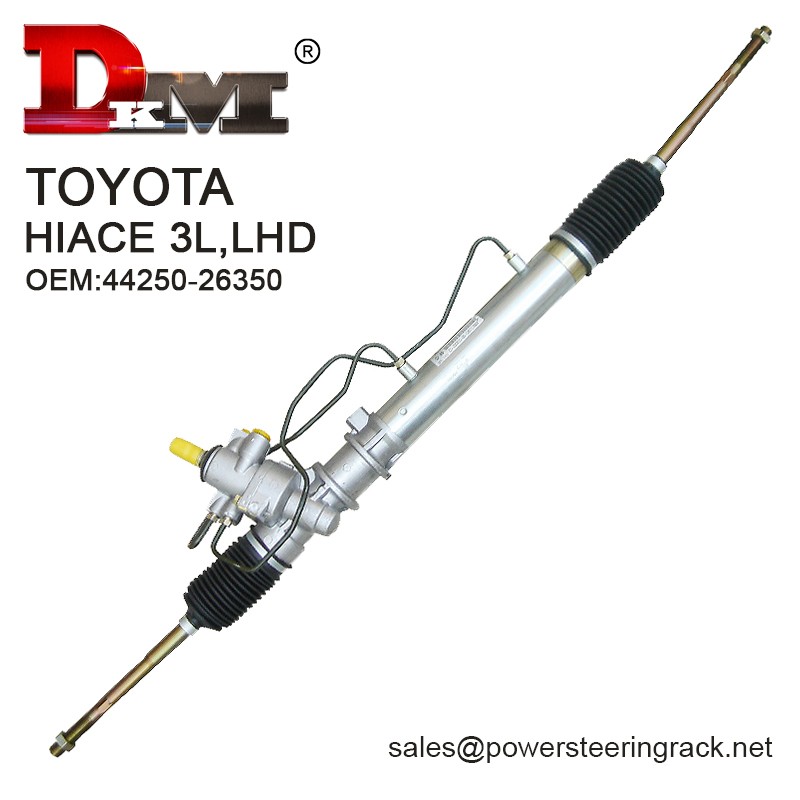
How Does a Power Steering Rack Work?
The power steering rack is one of the core components of the power steering system. Together with the steering wheel, steering column, steering knuckle and other components, it constitutes the entire steering mechanism. The main function of the power steering rack is to convert the turning force of the steering wheel into the steering movement of the tires, thereby achieving the steering operation of the vehicle.
In a hydraulic power steering system, the power steering rack operates through the pressure of hydraulic oil. When the driver turns the steering wheel, the hydraulic pump pressurizes the hydraulic oil and transmits it to the piston in the steering rack, pushing the rack to move along the gears, thereby turning the tires. Due to the presence of hydraulic oil, the driver can achieve the steering operation of the vehicle with less force, which is also one of the main advantages of the hydraulic power steering system.
Does a Power Steering Rack Require Steering Fluid?
After understanding the classification of power steering systems and the working principle of power steering racks, we can clearly answer this question: Whether power steering racks require steering fluid depends on the type of power steering system used.
1. Hydraulic power steering system and electro-hydraulic power steering system
For hydraulic power steering systems (HPS) and electro-hydraulic power steering systems (EHPS), the power steering rack does require steering fluid. This is because these systems rely on hydraulic fluid to create pressure that assists steering operations. In these systems, the steering fluid is not just a lubricant, it is also the core medium for system operation. Hydraulic oil acts on the piston of the steering rack through pressure, directly affecting the steering performance of the vehicle.
The role of steering fluid is not limited to providing pressure, it also plays a role in lubrication, cooling and corrosion protection. High-quality steering fluid can effectively reduce friction and wear in the system and extend the service life of the power steering rack and other components. At the same time, the steering fluid can also prevent components in the system from malfunctioning due to excessive temperature, ensuring the long-term stable operation of the system.
2. Electronic power steering system
In the electronic power steering system (EPS), since the system does not use hydraulic oil to provide steering assist force, but acts directly on the steering rack through the electric motor, no steering fluid is required. The design of this type of system relies entirely on electronic control and electric motors to achieve steering assistance, without the participation of hydraulic oil. Electronic power steering systems are generally lighter, and since there is no hydraulic part, there are no steering fluid replacement and maintenance issues.
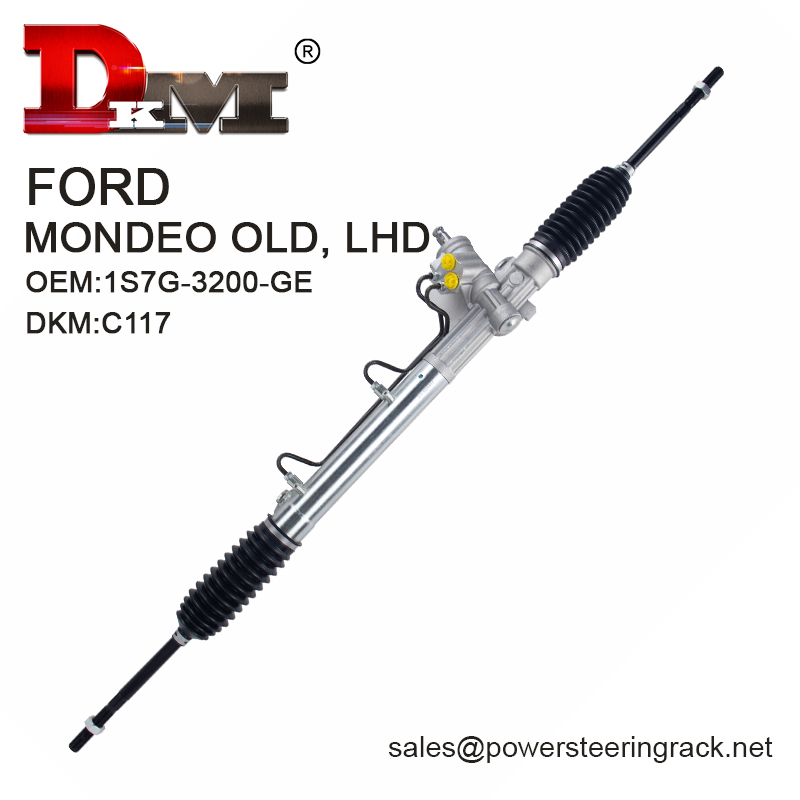
What Is the Importance of Steering Fluid and Choosing it?
For hydraulic power steering systems and electro-hydraulic power steering systems that require steering fluid, selecting the appropriate steering fluid is critical. Steering fluid not only affects the operating efficiency of the system, but is also directly related to the life and performance of the power steering rack.
1. What is the function of steering fluid?
The role of steering fluid in the power steering system is mainly reflected in the following aspects:
● Provide pressure: The pressure generated by the steering fluid through the hydraulic pump acts on the steering rack, helping the driver to easily turn the steering wheel.
● Lubrication and anti-wear: Steering fluid can effectively reduce friction and wear between components in the power steering rack, thereby extending the service life of the system.
● Heat dissipation and cooling: In the hydraulic system, the hydraulic oil will generate heat due to work. The heat dissipation effect of the steering fluid can prevent the system from overheating and ensure its normal operation.
● Anti-corrosion and cleaning: High-quality steering fluid can prevent corrosion and scale accumulation inside the hydraulic system and keep the system clean and stable.
2. How to choose steering fluid?
There are many types of steering fluids available on the market, and car owners should make judgments based on the specific requirements of the vehicle and the use environment when choosing. Here are some common steering fluid types:
● Mineral oil-based steering fluid: This kind of steering fluid is relatively low-priced and suitable for general hydraulic power steering systems, but performance may decrease under extreme temperatures.
● Synthetic oil-based steering fluid: Synthetic oil-based steering fluid has better temperature resistance and anti-wear properties, and is suitable for use in harsh environments, especially high or low temperature conditions.
● Semi-synthetic oil-based steering fluid: This steering fluid combines the advantages of mineral oil and synthetic oil. It has good anti-wear properties and relatively low cost, and is suitable for most vehicles.
When selecting a steering fluid, car owners should first refer to the vehicle manufacturer's recommendations and use a steering fluid type that matches the vehicle's power steering system. At the same time, car owners should regularly check the level and status of the steering fluid to ensure that it is within the normal range, and replace the steering fluid in a timely manner as needed to maintain the optimal operating condition of the system.
What Are the Maintenance Points for the Power Steering System?
For hydraulic power steering systems and electro-hydraulic power steering systems, regular maintenance of the power steering system is the key to ensuring its long-term stable operation. Proper operation of the power steering system depends on adequate steering fluid. Therefore, car owners should regularly check the steering fluid level to ensure that it is within the normal range. If the liquid level is found to be too low, there may be a leak in the system, and the cause needs to be identified and repaired promptly. During driving, if you find that the steering operation becomes laborious, the steering wheel makes abnormal noise or shakes, etc., you should check the power steering system in time. These abnormalities may be caused by insufficient steering fluid, hydraulic system failure or damage to the steering rack, and need to be repaired as soon as possible.
In addition, after long-term use, the performance of the steering fluid may decrease due to pollution, oxidation and other reasons, affecting the operation of the system. Therefore, vehicle owners should change their steering fluid regularly as recommended by the manufacturer. Under normal circumstances, you should consider replacing the steering fluid every 2-3 years or when driving about 50,000 kilometers. Hydraulic lines and joints are areas of the hydraulic power steering system that are prone to problems. Car owners should regularly check these parts for aging, wear or leakage to ensure that the system is well sealed to avoid deterioration in steering performance due to hydraulic oil leakage. When changing the steering fluid, choose a steering fluid type that matches the vehicle manufacturer's recommendations. Different types of steering fluid have different performance characteristics, and using mismatched steering fluid may cause unstable system operation or failure. Therefore, when replacing the steering fluid, car owners should carefully read the relevant instructions in the vehicle manual to ensure that the steering fluid used meets the system requirements.
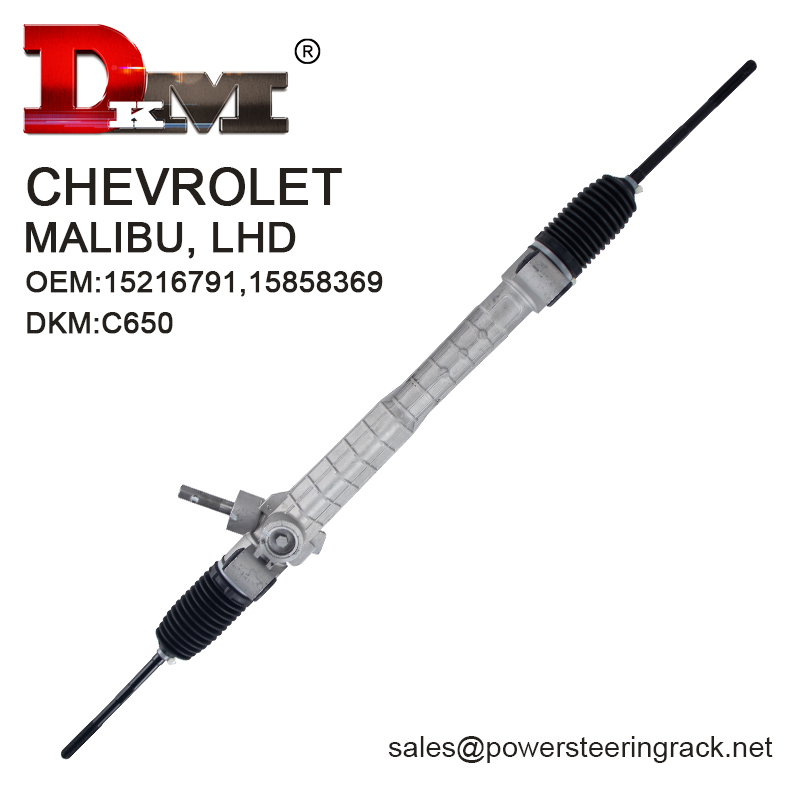
The Relationship Between Power Steering Rack and Steering Fluid
In a hydraulic power steering system, the relationship between the power steering rack and the steering fluid is very close. Steering fluid uses pressure from a hydraulic pump to act on the pistons of the power steering rack, helping to reduce the amount of force the driver requires to turn the steering wheel. The performance of the hydraulic system directly affects the vehicle's steering effect and driving experience, so selecting the appropriate steering fluid and performing regular maintenance are key to ensuring system stability. High-quality steering fluid can effectively protect the power steering rack and other related components, reduce friction and wear, and extend their service life. Proper lubrication can not only reduce the friction between the rack and gear, but also reduce the operating temperature in the system and prevent failures caused by overheating. In addition, the anti-corrosion properties of the steering fluid can also prevent the internal metal components of the system from corroding due to chemical reactions, ensuring the long-term stable operation of the system.
Summary and Suggestions
The power steering system plays an important role in modern automobiles. As one of the core components of the system, the power steering rack cannot function properly without the support of steering fluid. Hydraulic power steering (HPS) and electronic hydraulic power steering (EHPS) require steering fluid, while electronic power steering (EPS) does not require steering fluid. Steering fluid not only provides the pressure required by the system, but also has multiple functions such as lubrication, cooling and anti-corrosion, which has a direct impact on the stability and life of the system.
In daily use, car owners should regularly check the steering fluid level of the power steering system and replace the steering fluid according to the manufacturer's recommendations. At the same time, pay attention to any abnormalities in the system and perform timely maintenance and repairs to ensure that the vehicle's steering system is always in optimal condition.


